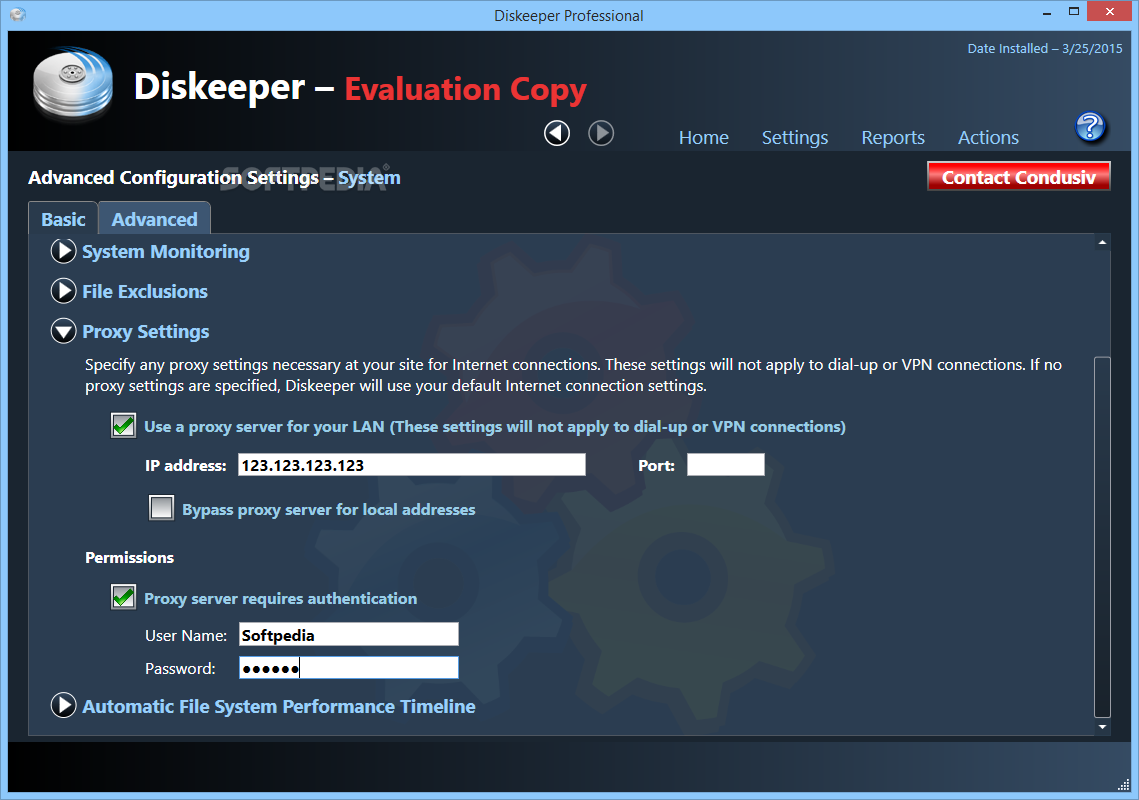

To get the latest list of available packages, use the update command.

Remote repositories change as packages are added and upgraded. This option can be provided multiple times. Specify a supplemental repository that will be used in addition to the system repositories. Override the system repositories by specifying a repositories file. This behavior can be overridden by the following options:
MAC DISKKEEPER APK
allows pulling in dependencies for the tagged package from the tagged repository (though it prefers to use untagged repositories to satisfy dependencies if possible)īy default, the apk utility will use the system repositories for all operations. will prefer the repository with that tag for the named package, even if a later version of the package is available in another repositoryĢ. If you booted from a USB stick ( /media/sda1) or CD-ROM ( /media/cdrom), your repository file probably looks something like Īfter which you can "pin" dependencies to these tags using:Īpk add stableapp will now by default only use the untagged repositories, but adding a tag to specific package:ġ. The list of repositories to check is stored in /etc/apk/repositories, one repository per line.
MAC DISKKEEPER INSTALL
The apk utility can install packages from multiple repositories. The directory must include a special index file, named to be considered a repository. A repository is simply a directory with a collection of *.apk files. The packages are stored in one or more repositories. Software packages for Alpine Linux are digitally signed tar.gz archives containing programs, configuration files, and dependency metadata. List changes to the file system from pristine package install stateĬreate a graphviz graph description for a given packageĭisplay the repository that updates a given package, plus repositories that also offer the packageĭisplay statistics, including number of packages installed and available, number of directories and files, etc.ĭisplay checksums for files contained in a given package Maintenance operations for locally cached package repositoryĬompare version differences between installed and available packagesĬreate a repository index from a list of packages Search for packages or descriptions with wildcard patterns Prints information about installed or available packages The apk tool supports the following operations:Īdd new packages or upgrade packages to the running systemĪttempt to repair or upgrade an installed package This page documents the apk tool - See the Alpine Local Backup page for the lbu tool. Lbu is the tool used to capture the data necessary to restore a system to a previously configured state. (RAM-Based Installs Only)Īpk is the tool used to install, upgrade, or delete software on a running system. after reboot), including all previously installed packages and locally modified configuration files. Restoring a system to a previously configured state (e.g.Installing / Upgrading / Deleting packages on a running system.Because Alpine Linux is designed to run from RAM, package management involves two phases:


 0 kommentar(er)
0 kommentar(er)
